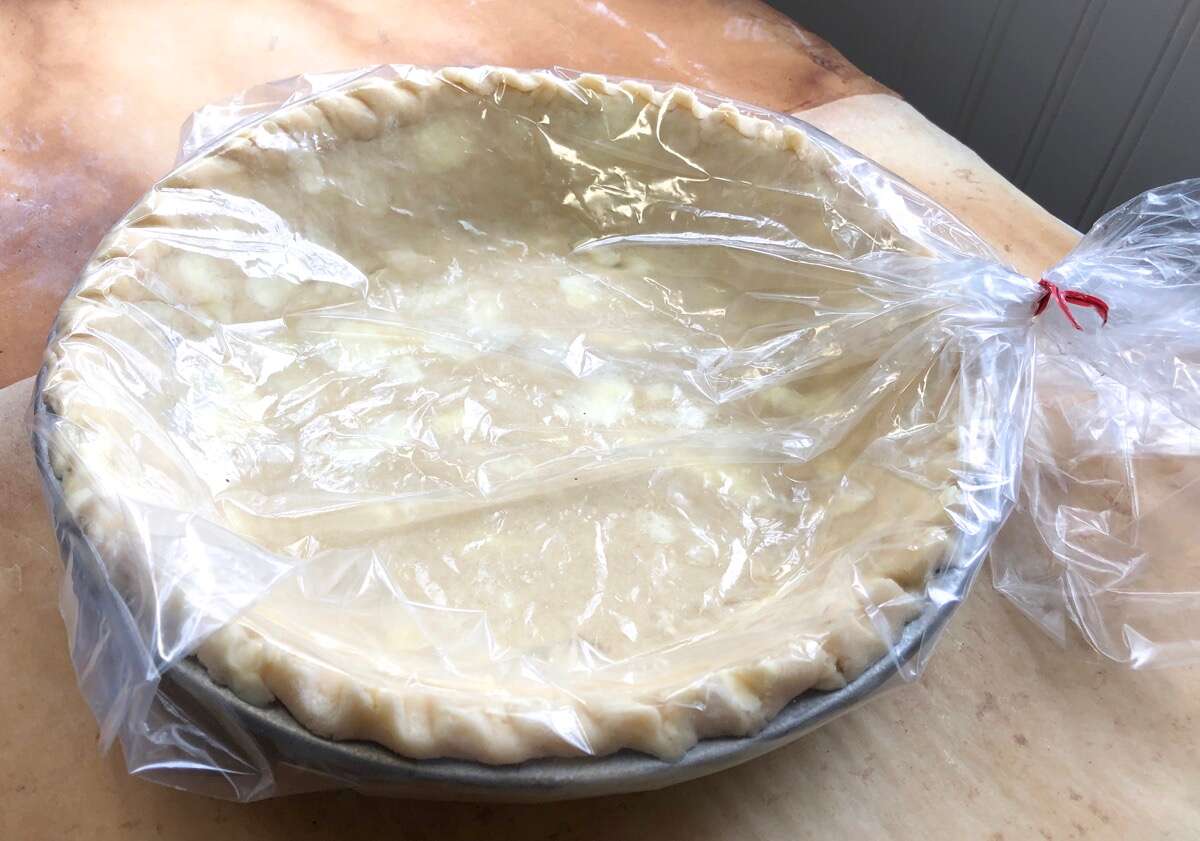

Articles
How To Store Pie Crust Overnight
Modified: February 27, 2024
Learn how to store pie crust overnight for your delicious homemade pies. Check out our articles for helpful tips and techniques.
(Many of the links in this article redirect to a specific reviewed product. Your purchase of these products through affiliate links helps to generate commission for Storables.com, at no extra cost. Learn more)
Introduction
When it comes to baking pies, a flaky and delicious crust is the key to success. But what if you need to prepare your pie crust ahead of time? How can you ensure that it stays fresh and retains its perfect texture until you’re ready to use it?
In this article, we will delve into the art of storing pie crust overnight. Whether you want to save time by preparing your crust in advance or you have leftovers from a pie-making extravaganza, proper storage is essential to preserve the delicate balance of flavors and textures that make a pie crust truly exceptional.
Throughout the article, we’ll explore the different reasons for storing pie crust overnight, discuss various methods for doing so, and provide useful tips and precautions along the way. So, let’s dive in and discover how to keep your pie crust wonderfully fresh and ready to use whenever you need it.
Key Takeaways:
- Storing pie crust overnight enhances flavor, texture, and convenience, making pie-making more efficient and enjoyable. Whether refrigerating, freezing, or using an airtight container, proper storage ensures fresh, delicious results.
- Precautions such as using fresh ingredients, proper sealing, and checking for spoilage are essential for maintaining the quality of stored pie crust. Planning ahead and following these tips will result in flavorful, flaky pies that impress every time.
Read more: How To Store A Baked Pie Crust Overnight
Why Store Pie Crust Overnight?
There are several reasons why you might want to store pie crust overnight. Whether you’re preparing for a special occasion or just trying to save time, overnight storage can be a game-changer when it comes to pie-making. Here are a few key reasons to consider:
- Convenience: Storing pie crust overnight allows you to prepare the dough in advance, making the actual pie-making process quicker and more efficient. It’s especially helpful when you have a busy schedule or need to juggle multiple cooking projects.
- Improved Flavor: Allowing the pie crust to rest overnight can improve the flavor. The additional time allows the ingredients to meld together, resulting in a more harmonious and flavorful crust.
- Enhanced Texture: Resting the dough overnight relaxes the gluten, which is essential for a tender and flaky crust. This means your pie crust will have a better texture, with delicate layers that melt in your mouth.
- Better Pie Assembly: Chilling the pie crust overnight makes it easier to handle and roll out. The dough becomes firmer, reducing the risk of sticking or tearing while you shape it into the pie dish. This ensures a more professional and polished appearance for your finished pie.
- Batch Pies: If you’re planning to make a large batch of pies, storing the crusts overnight allows you to work in advance and streamline the process. You can prepare multiple crusts at once, saving both time and effort.
By understanding the benefits of storing pie crust overnight, you can make the most of your baking endeavors and create pies that are bursting with flavor and texture. Now that we’ve explored why overnight storage can be advantageous, let’s move on to some valuable tips for achieving the best results.
Tips for Storing Pie Crust
Properly storing your pie crust is crucial to maintaining its quality and ensuring a delicious end result. Follow these tips to ensure your pie crust stays fresh and ready to use:
- Wrap it well: Whether you’re refrigerating or freezing the pie crust, make sure to wrap it tightly in plastic wrap or place it in an airtight container. This will prevent it from drying out or absorbing any unwanted odors from the fridge or freezer.
- Label and date: When storing multiple pie crusts or different types of crusts, it’s a good idea to label each individually. Be sure to include the date of preparation to keep track of their freshness.
- Choose the right container: For refrigerating, use a glass or plastic container that can seal tightly to maintain freshness. When freezing, opt for a freezer-safe zipper bag or container to prevent freezer burn.
- Don’t stack: If you’re freezing multiple pie crusts, avoid stacking them on top of each other. This can cause sticking and make it difficult to separate them later without damaging the crusts.
- Consider portioning: If you anticipate needing smaller amounts of pie crust for different recipes, consider dividing the dough before storing. This way, you can thaw or use only what you need without worrying about refreezing or wasting excess crust.
- Keep it cold: Whether refrigerating or freezing, it’s important to maintain a consistently cold temperature. Store the crust in the coldest part of your fridge or freezer, away from any temperature fluctuations.
- Thaw gradually: If you’re freezing the pie crust, allow it to thaw gradually in the refrigerator before use. This will prevent any condensation from forming on the crust and keep it from becoming soggy.
- Check for freshness: Before using a stored pie crust, always check for any signs of spoilage or freezer burn. If the crust appears discolored or has an off smell, it’s best to discard it and make a fresh batch.
By following these tips, you can ensure that your stored pie crust remains in optimal condition, ready to be transformed into a delectable pie whenever you’re ready. Now that you’re armed with the best techniques for storing pie crust, let’s explore the different methods you can use to store it overnight.
Method 1: Refrigerating Pie Crust Overnight
Refrigerating pie crust is one of the most common methods for storing it overnight. Follow these steps to keep your pie crust fresh and ready to use:
- Prepare the pie crust: Start by making your pie crust dough according to your favorite recipe. Once the dough is fully combined, shape it into a ball and flatten it slightly into a disk. This will make it easier to roll out later.
- Wrap the pie crust: Take a piece of plastic wrap and place it on a clean surface. Place the pie crust disk in the center of the plastic wrap. Fold the edges of the plastic wrap over the crust, covering it completely. Make sure the wrap is tightly sealed to prevent any air from reaching the crust.
- Refrigerate: Carefully transfer the wrapped pie crust to the refrigerator and let it chill for at least an hour, but preferably overnight. The longer the crust chills, the better the texture and flavor will be.
- Use as needed: When you’re ready to use the crust, remove it from the refrigerator and let it sit at room temperature for a few minutes to soften slightly. You can then roll it out to your desired thickness and use it for your pie recipe.
Refrigerating pie crust overnight not only keeps it fresh, but also allows the flavors to meld together, resulting in a more delicious and tender crust. This method is ideal for those who prefer to have their dough ready to use without the need for extensive prep work. Now, let’s move on to another method of storing pie crust overnight – freezing.
Wrap the pie crust tightly in plastic wrap or aluminum foil and store it in the refrigerator overnight. This will help prevent it from drying out and maintain its freshness.
Method 2: Freezing Pie Crust Overnight
Freezing pie crust is another excellent option for storing it overnight. Freezing not only extends the shelf life of the crust but also provides the convenience of having it on hand whenever you need it. Here’s how to freeze pie crust:
- Prepare the pie crust: Start by making your pie crust dough as usual. Shape it into a ball and flatten it into a disk, similar to the method used for refrigerating.
- Wrap the crust: Take a piece of plastic wrap or aluminum foil and place the pie crust disk in the center. Wrap the crust tightly, making sure there are no air pockets. Alternatively, you can place the crust in a resealable freezer bag.
- Label and date: Using a permanent marker, label the wrapped crust with the date of preparation. This will help you keep track of its freshness and prevent it from being forgotten in the freezer.
- Freeze: Carefully place the wrapped pie crust in the freezer and let it freeze overnight or up to three months. Be sure to store it in the coldest part of the freezer and away from any items that may cause it to get crushed or damaged.
- Thaw and use: When you’re ready to use the crust, transfer it from the freezer to the refrigerator and let it thaw overnight. Once thawed, allow the crust to come to room temperature for a few minutes before rolling it out and using it for your pie.
Freezing pie crust is a great option for those who want to have homemade crust readily available at any time. Whether you’re planning for a spontaneous pie-baking session or want to have crusts on hand for future use, freezing is a convenient and effective method. Now, let’s move on to a different approach for storing pie crust overnight – using an airtight container.
Read more: How To Store Baked Pie Crust Overnight
Method 3: Storing Pie Crust in an Airtight Container
If you prefer not to use plastic wrap or freezer bags, storing your pie crust in an airtight container is a great alternative. This method protects the crust from drying out and keeps it fresh for an extended period. Here’s how to store pie crust in an airtight container:
- Prepare the pie crust: Begin by making and shaping your pie crust dough as usual.
- Choose the right container: Select an airtight container that is large enough to hold the pie crust without squishing it. Glass or plastic containers with tight-fitting lids work well.
- Place the crust in the container: Gently place the prepared pie crust into the airtight container. Try to avoid folding or scrunching the crust to maintain its shape.
- Seal the container: Securely close the lid of the container to create an airtight seal. This will keep the crust fresh and prevent any odors or moisture from affecting its quality.
- Refrigerate or freeze: Depending on your needs, you can store the airtight container with the pie crust in the refrigerator for short-term storage, or in the freezer for longer-term storage. Be mindful of the expiration dates on your pie crust recipe for guidance on how long you can safely store it.
- Thaw and use: When you’re ready to use the crust, remove it from the refrigerator or freezer and let it thaw. Follow the recipe instructions for the appropriate thawing time. Once thawed, roll out the crust and proceed with your pie-making as usual.
Storing pie crust in an airtight container is a fantastic option if you prefer to avoid plastic wrap or if you want to keep multiple crusts neatly organized. It provides a reliable and convenient storage method that preserves the crust’s texture and flavor. With these three methods at your disposal, you can confidently store your pie crust overnight without compromising its quality.
Now that we’ve covered the various methods of storing pie crust, let’s shift our focus to some important precautions to keep in mind to ensure the best results.
Precautions while Storing Pie Crust
While storing pie crust overnight is a convenient way to prepare in advance, there are a few precautions to keep in mind to ensure the best results:
- Fresh ingredients: Start with fresh and high-quality ingredients when making your pie crust. Using expired or low-quality ingredients can affect the taste and texture of the crust even after storage.
- Proper sealing: Whether you’re using plastic wrap, freezer bags, or an airtight container, ensure that the crust is tightly sealed. This prevents air from reaching the crust and causing it to dry out or absorb odors from other items in the fridge or freezer.
- Storage temperature: Maintain a consistent temperature in your refrigerator or freezer. Fluctuating temperatures can affect the texture and quality of the stored pie crust. Keep the crust away from areas with temperature variations, such as near the door of the fridge or freezer.
- Proper thawing: When thawing a frozen pie crust, do so gradually in the refrigerator. Avoid thawing at room temperature or using methods like a microwave, as they can lead to uneven thawing and compromise the texture of the crust.
- Storage duration: Be mindful of the expiration dates on your pie crust recipe. While properly stored crust can last for several days in the refrigerator and several months in the freezer, it’s essential to use it within the recommended time frame for optimal freshness and taste.
- Check for spoilage: Before using a stored pie crust, inspect it for any signs of spoilage, such as discoloration or an off smell. If you notice any abnormalities, it’s best to err on the side of caution and make a fresh batch of crust.
- Quality over quantity: It’s always better to prepare a smaller amount of fresh pie crust than to store a large quantity for an extended period. Freshly made crust will always yield the best results, so plan accordingly and make what you need.
By following these precautions, you can ensure that your stored pie crust maintains its quality and delivers beautiful, flaky, and delicious results when it’s time to bake your pies. Now that we’ve covered everything you need to know about storing pie crust overnight, let’s recap what we’ve learned.
Conclusion
Storing pie crust overnight can be a game-changer when it comes to pie-making. Whether you’re looking to save time, enhance flavor, or improve texture, proper storage is key. By refrigerating, freezing, or using an airtight container, you can keep your pie crust fresh and ready to use whenever you need it.
Refrigerating the pie crust allows the dough to relax and meld the flavors together, resulting in a tender and flavorful crust. Freezing the crust preserves its quality for a longer period and provides the convenience of having homemade crust at your fingertips. Storing in an airtight container ensures the crust stays fresh and protected from drying out or absorbing unwanted odors.
However, it’s important to take precautions while storing pie crust overnight. Using fresh ingredients, properly sealing the crust, maintaining a consistent storage temperature, and adhering to storage durations will help ensure the best results. Checking for spoilage before using the stored crust is crucial to ensure safety and optimal flavor.
In the end, the choice of storage method depends on your preferences and needs. Regardless of the method you choose, planning ahead and storing your pie crust overnight will undoubtedly make your pie-making process much more convenient and enjoyable.
So, the next time you find yourself in need of a delicious pie crust, don’t hesitate to prepare it in advance and store it overnight. With the tips, methods, and precautions outlined in this article, you can confidently create flavorful, flaky, and picture-perfect pies that will impress family and friends alike.
Happy baking!
Frequently Asked Questions about How To Store Pie Crust Overnight
Was this page helpful?
At Storables.com, we guarantee accurate and reliable information. Our content, validated by Expert Board Contributors, is crafted following stringent Editorial Policies. We're committed to providing you with well-researched, expert-backed insights for all your informational needs.
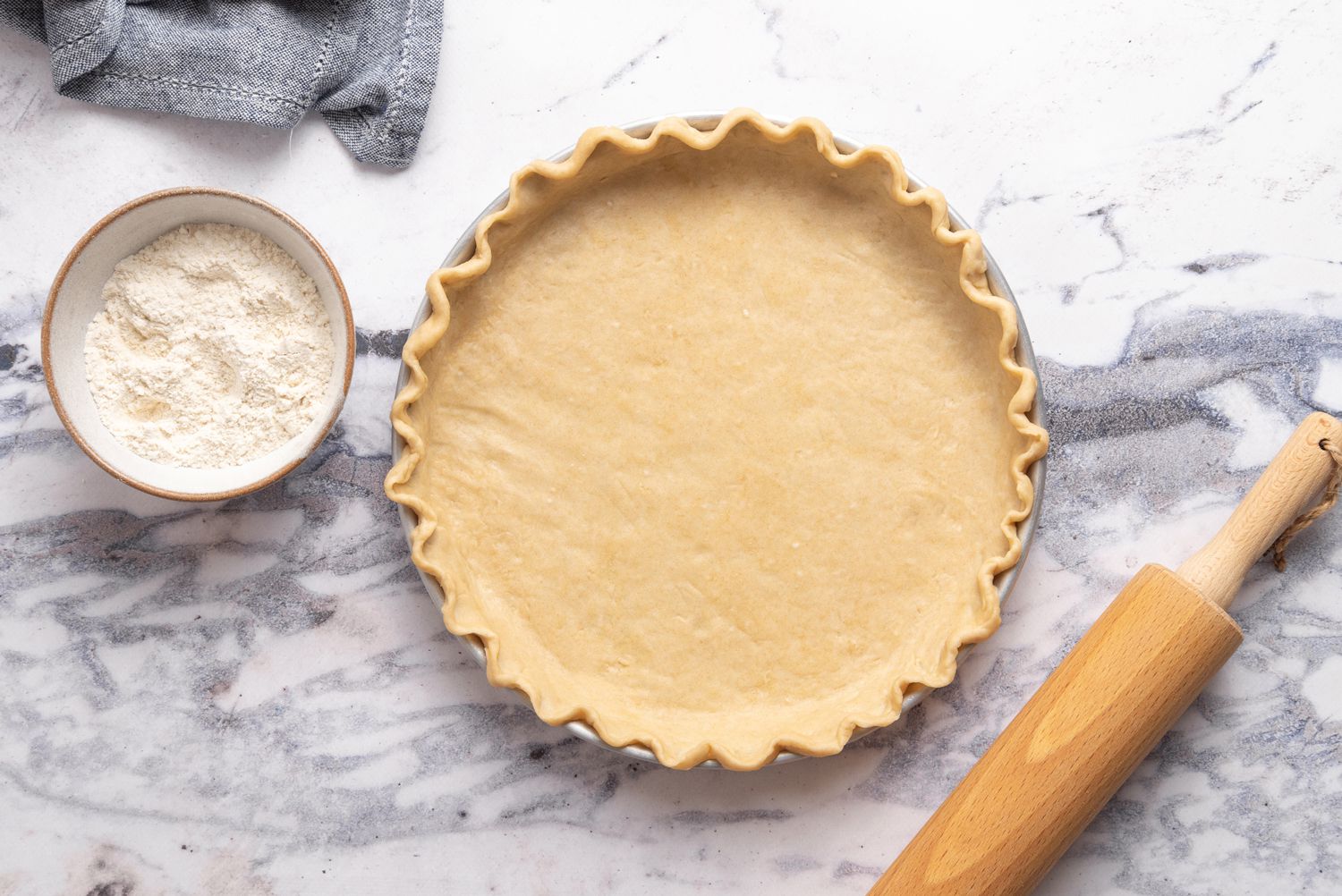
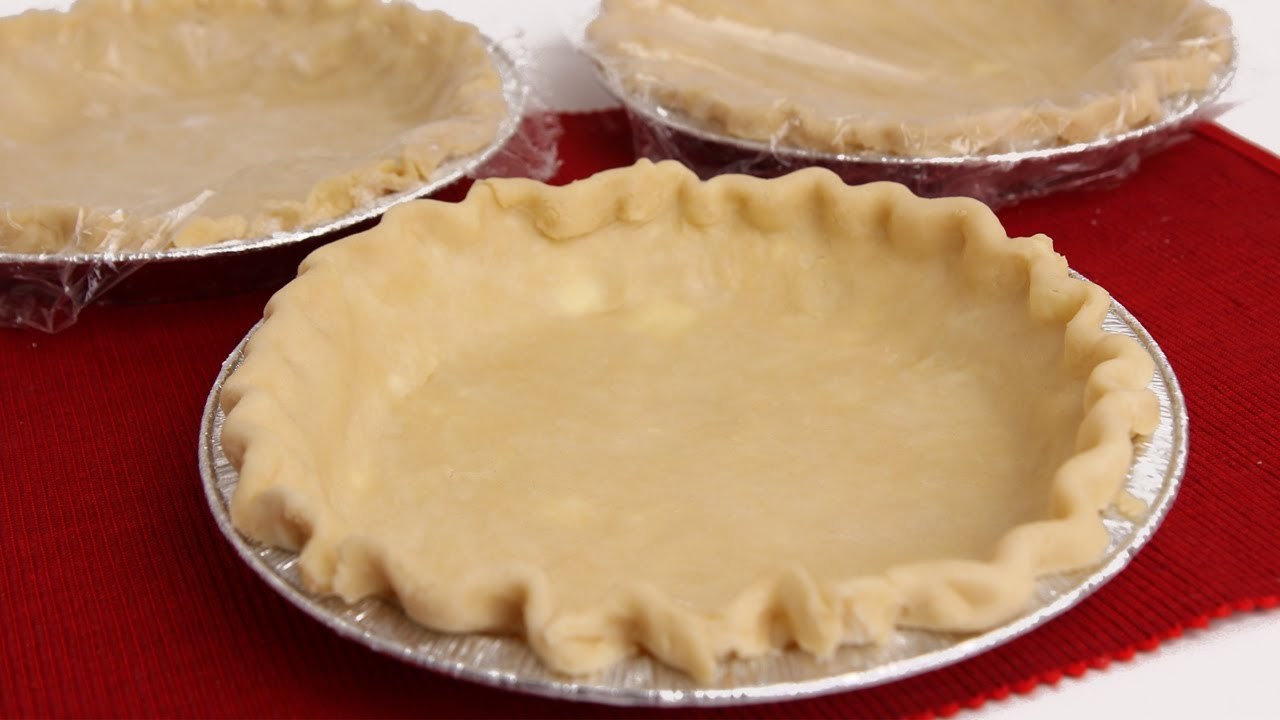
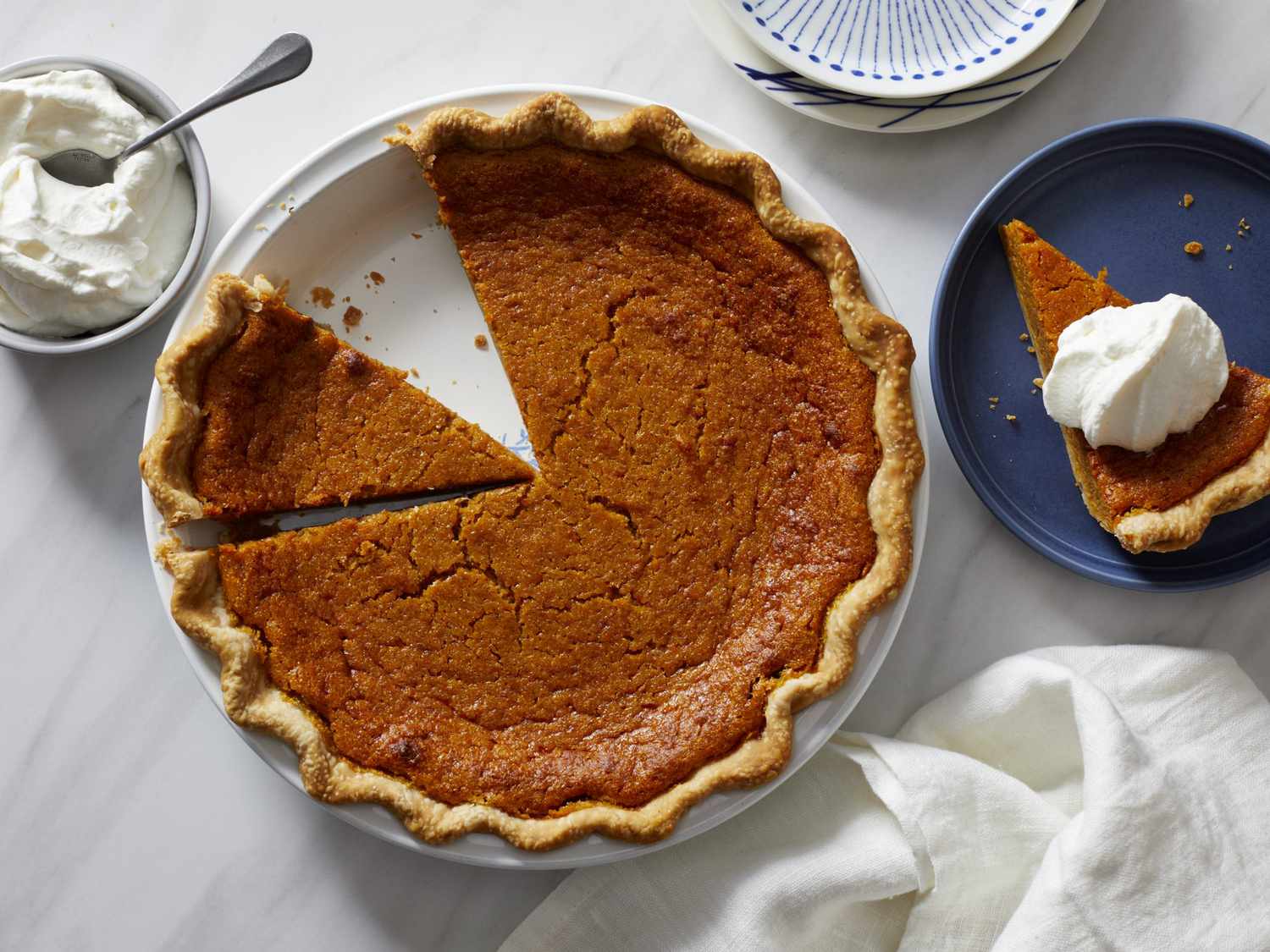
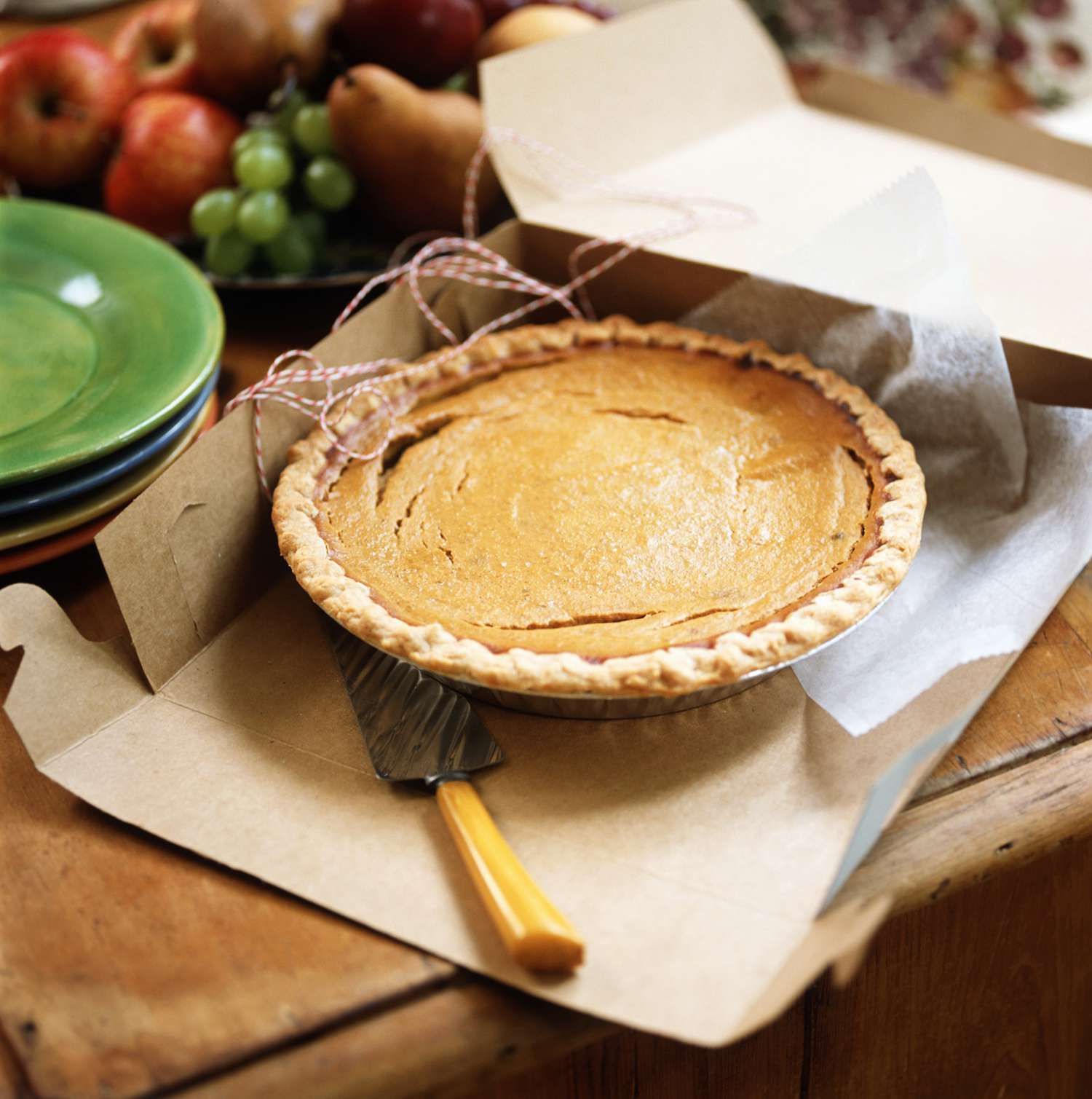
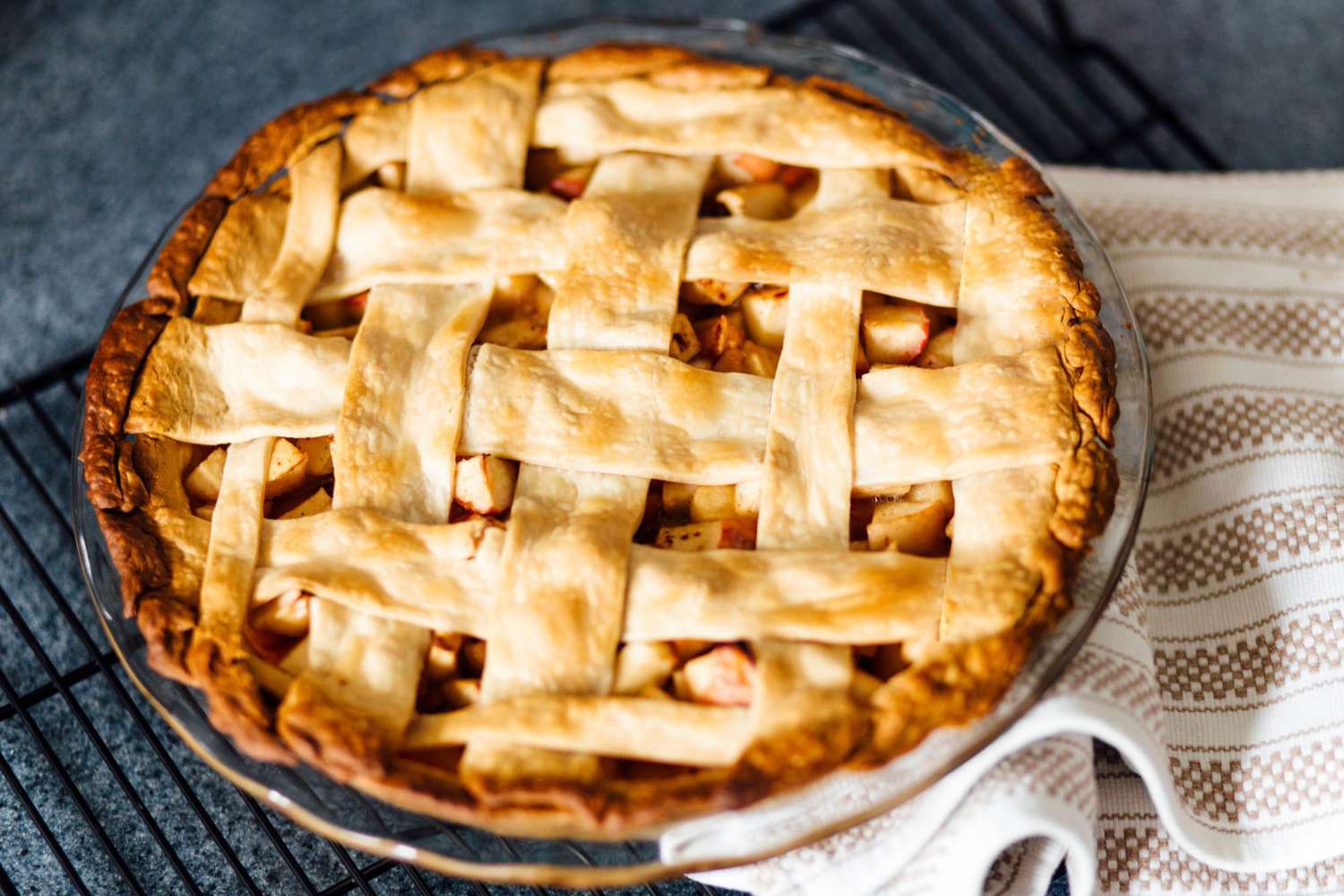
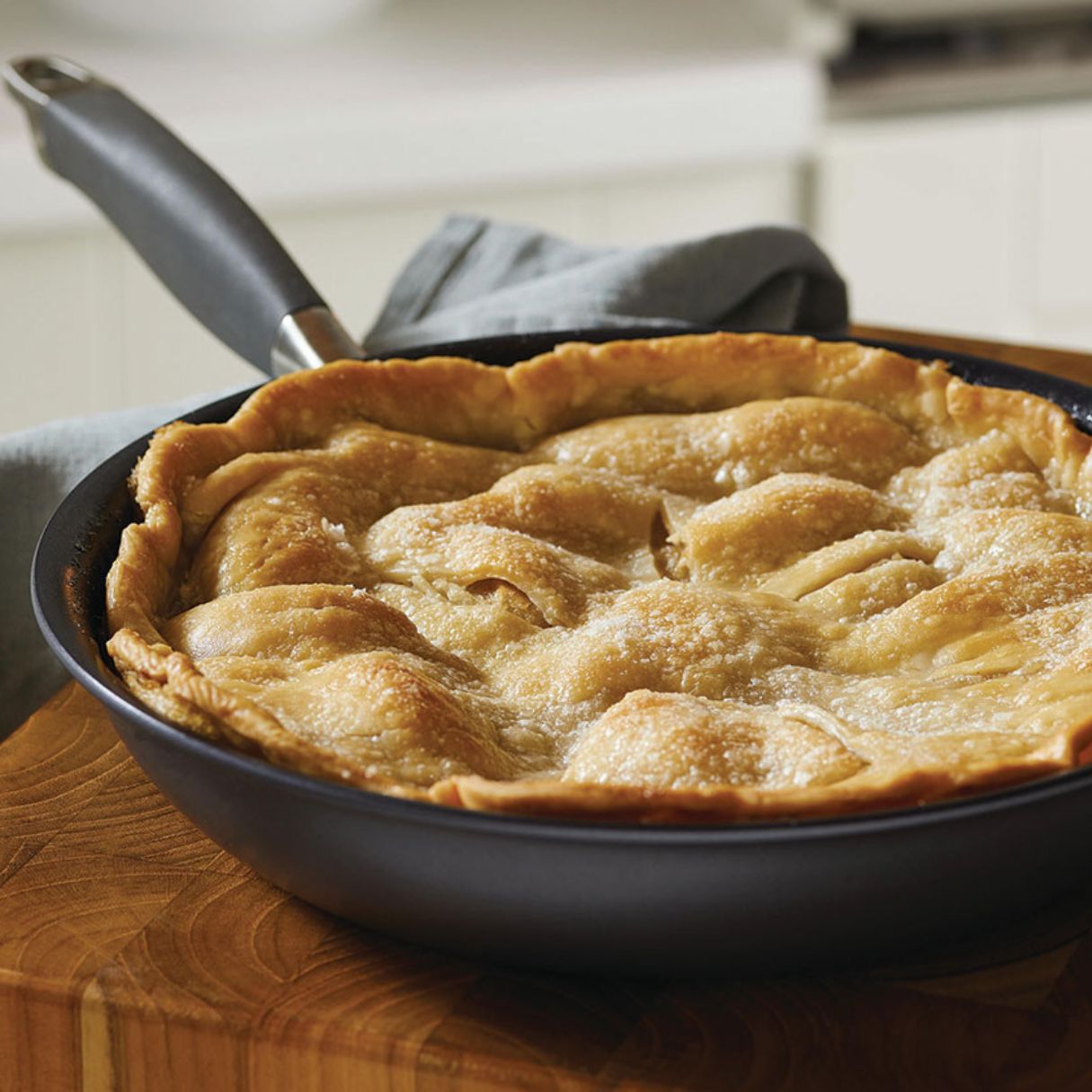
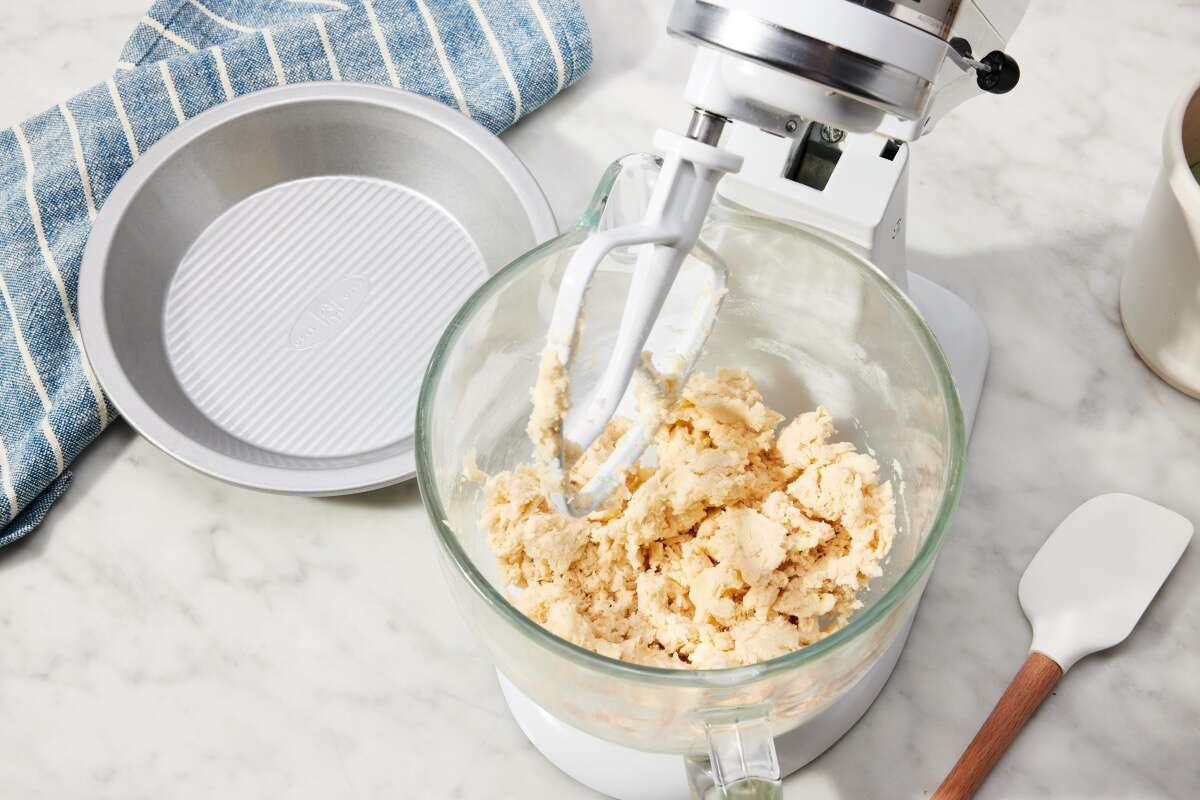
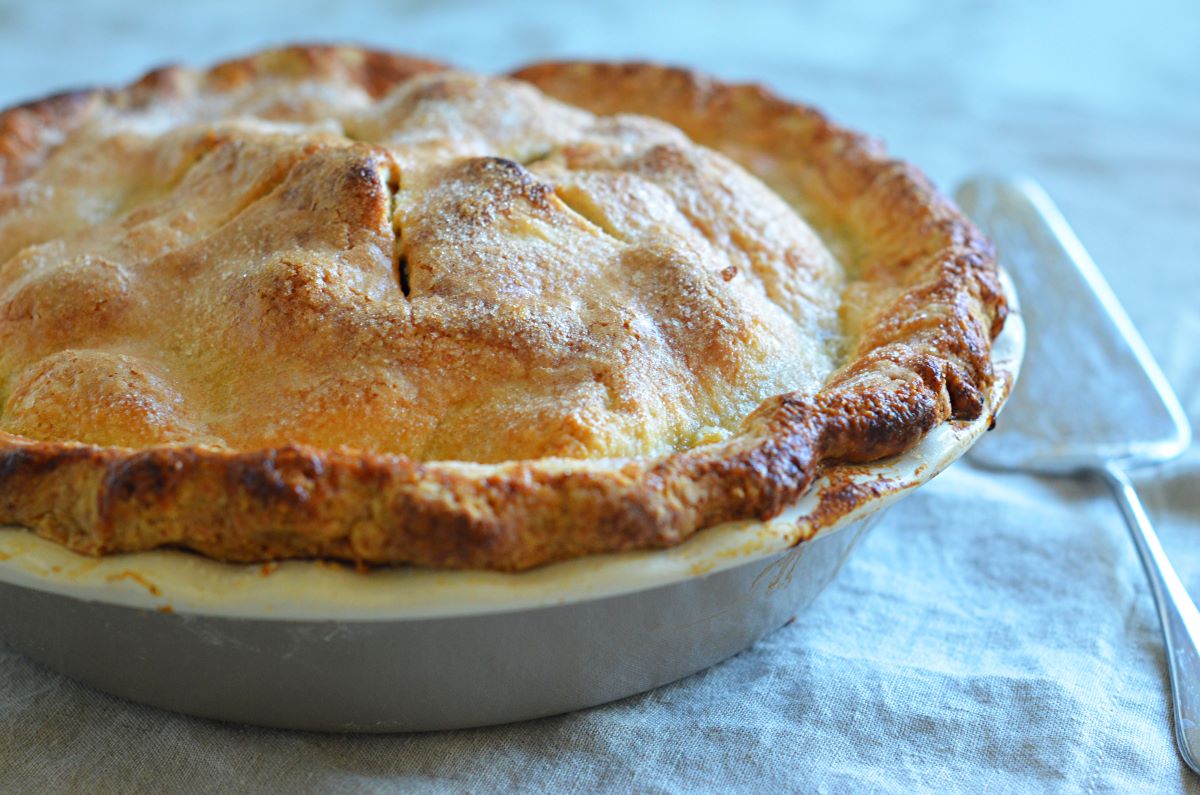
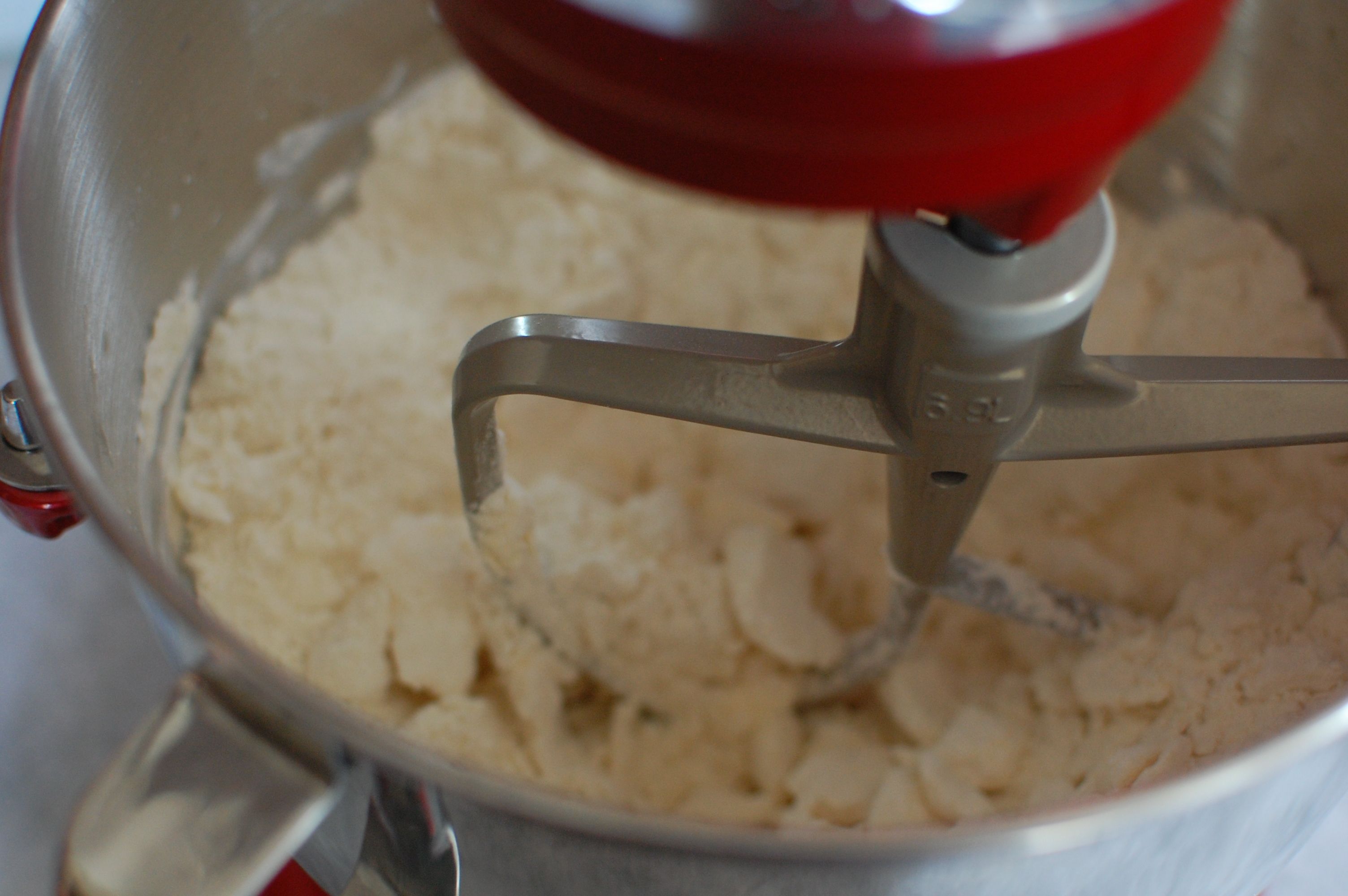
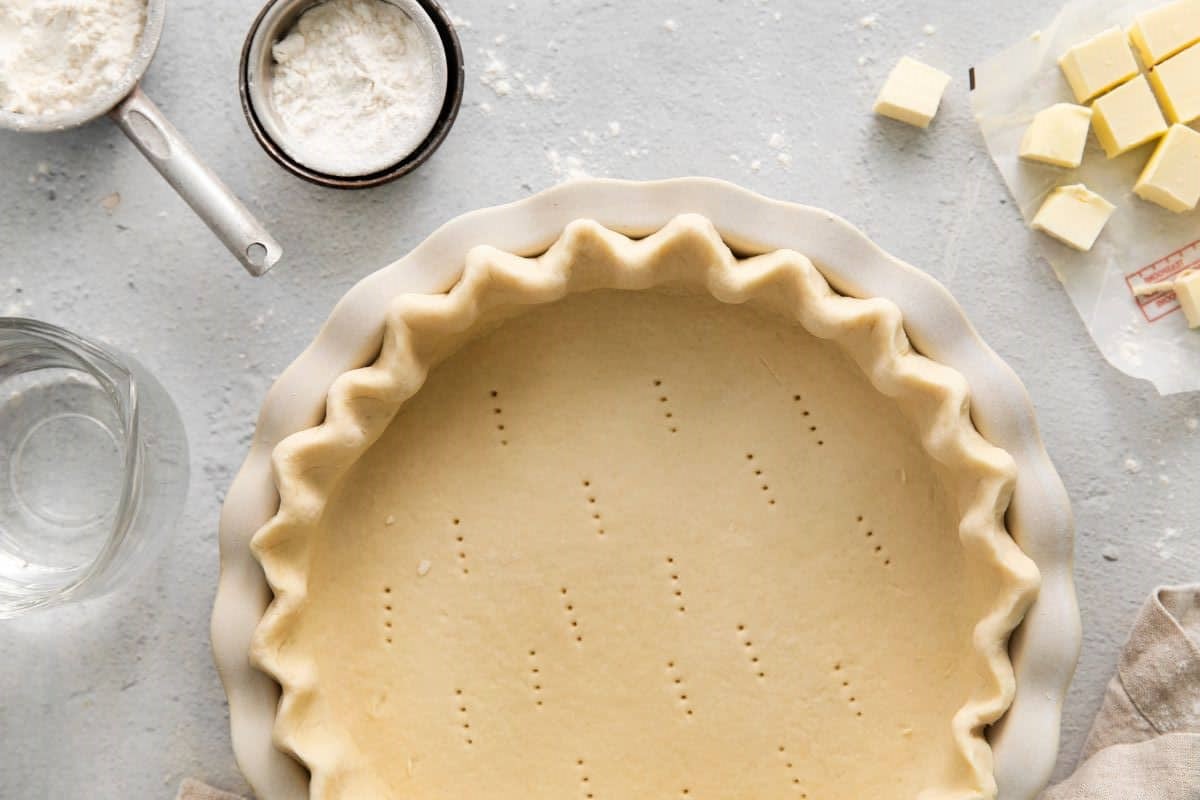
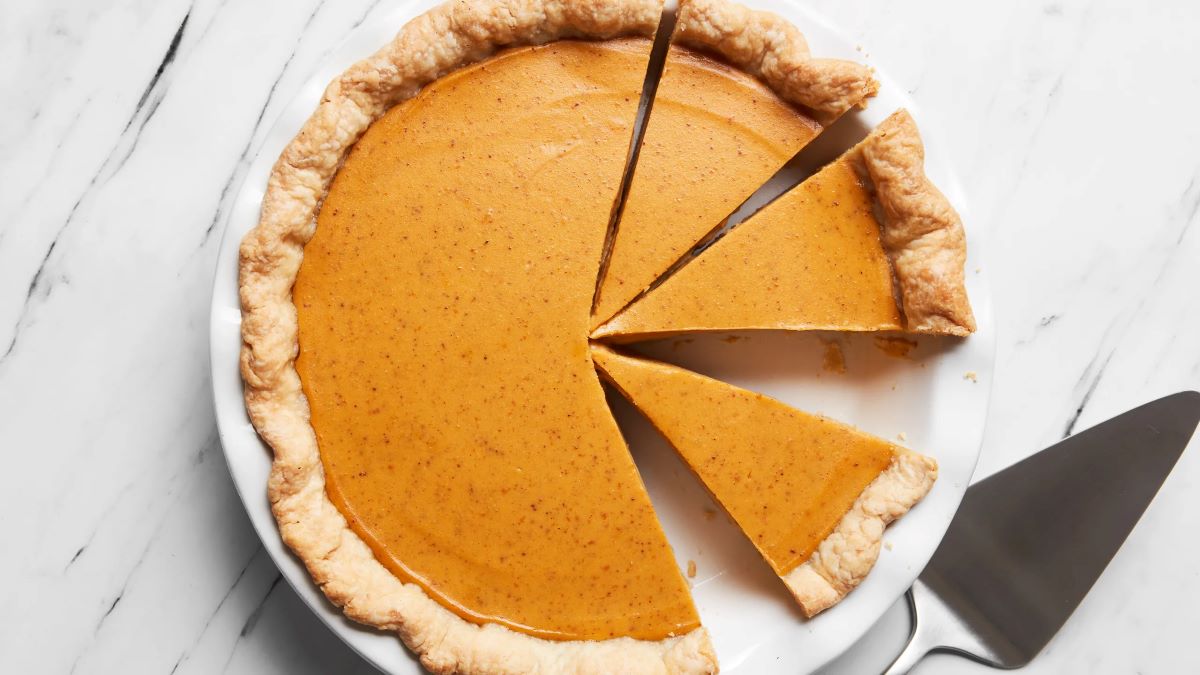
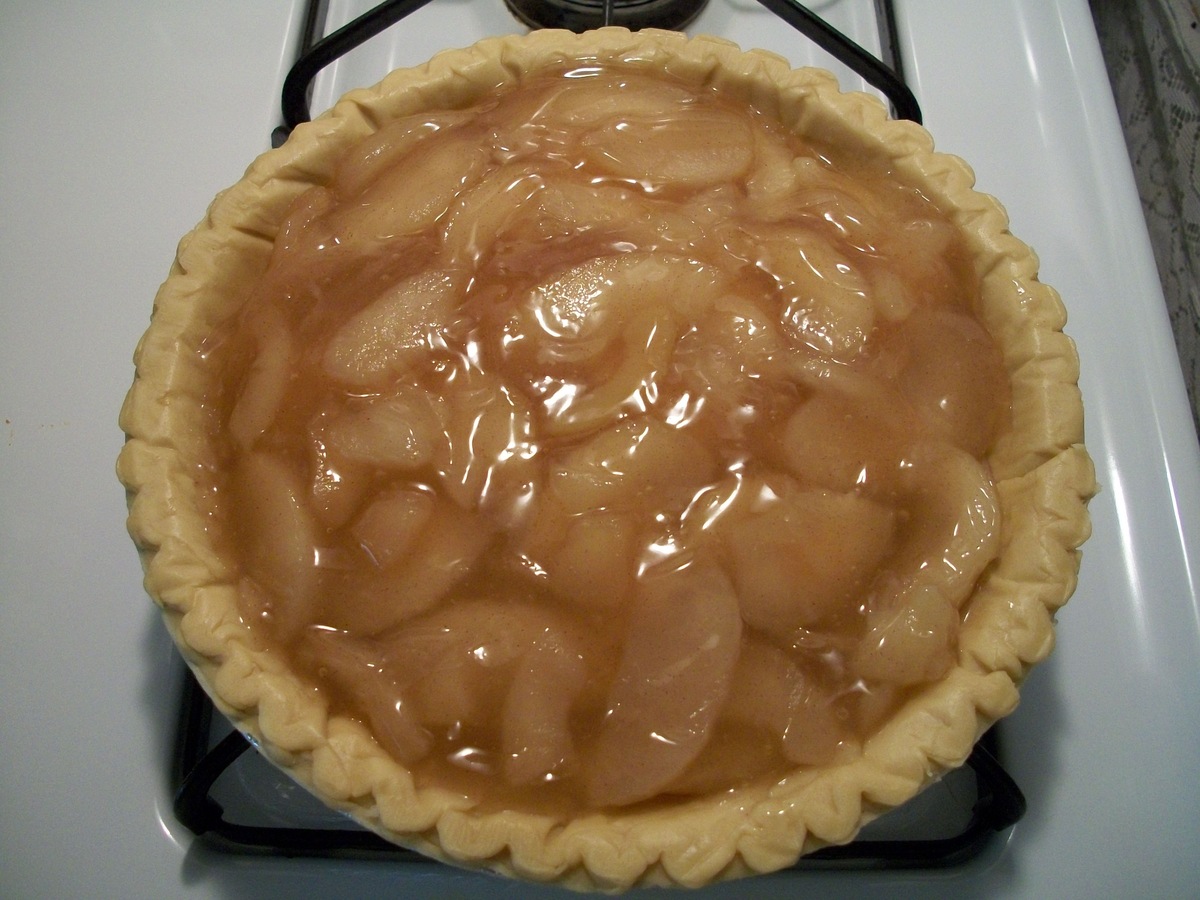
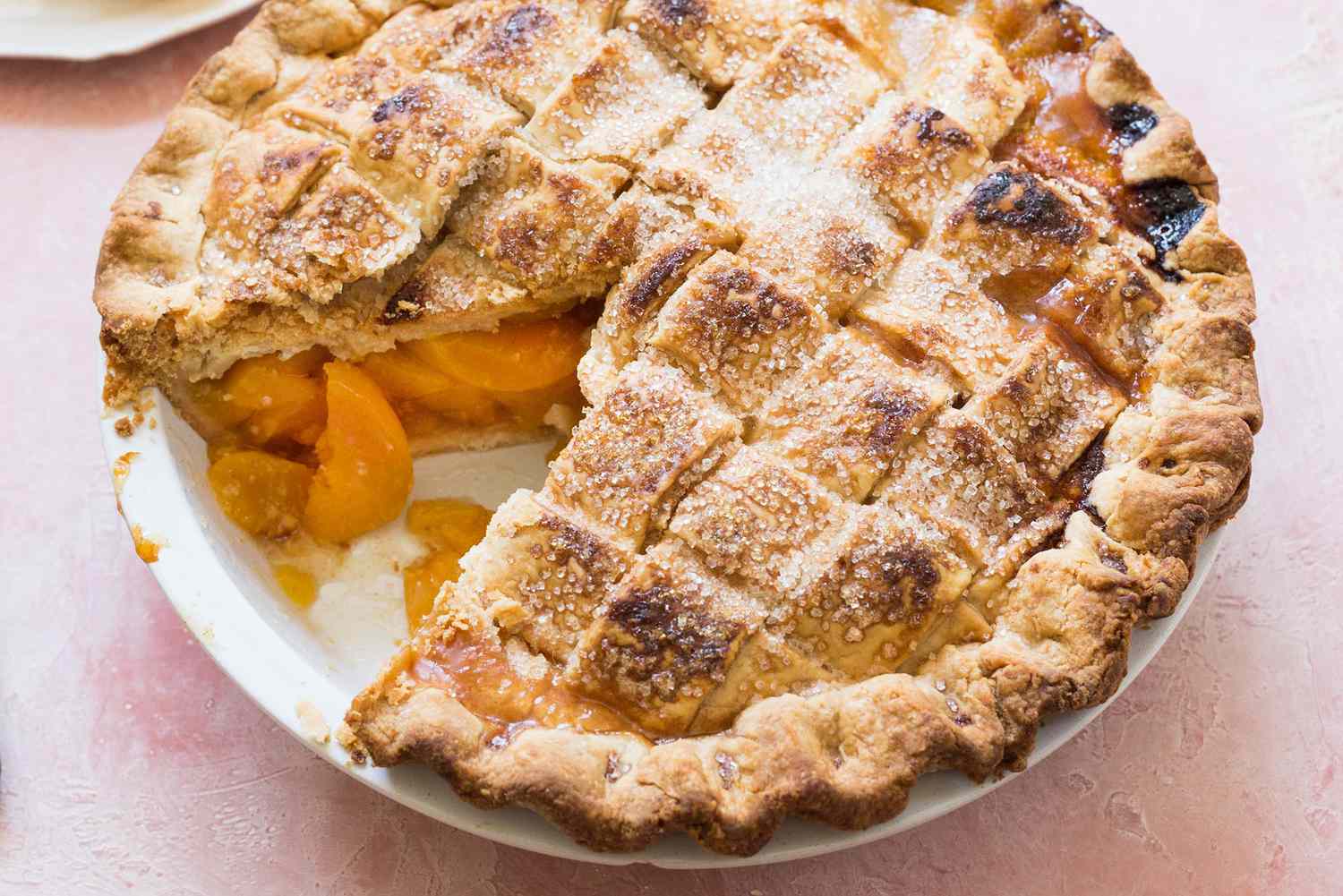
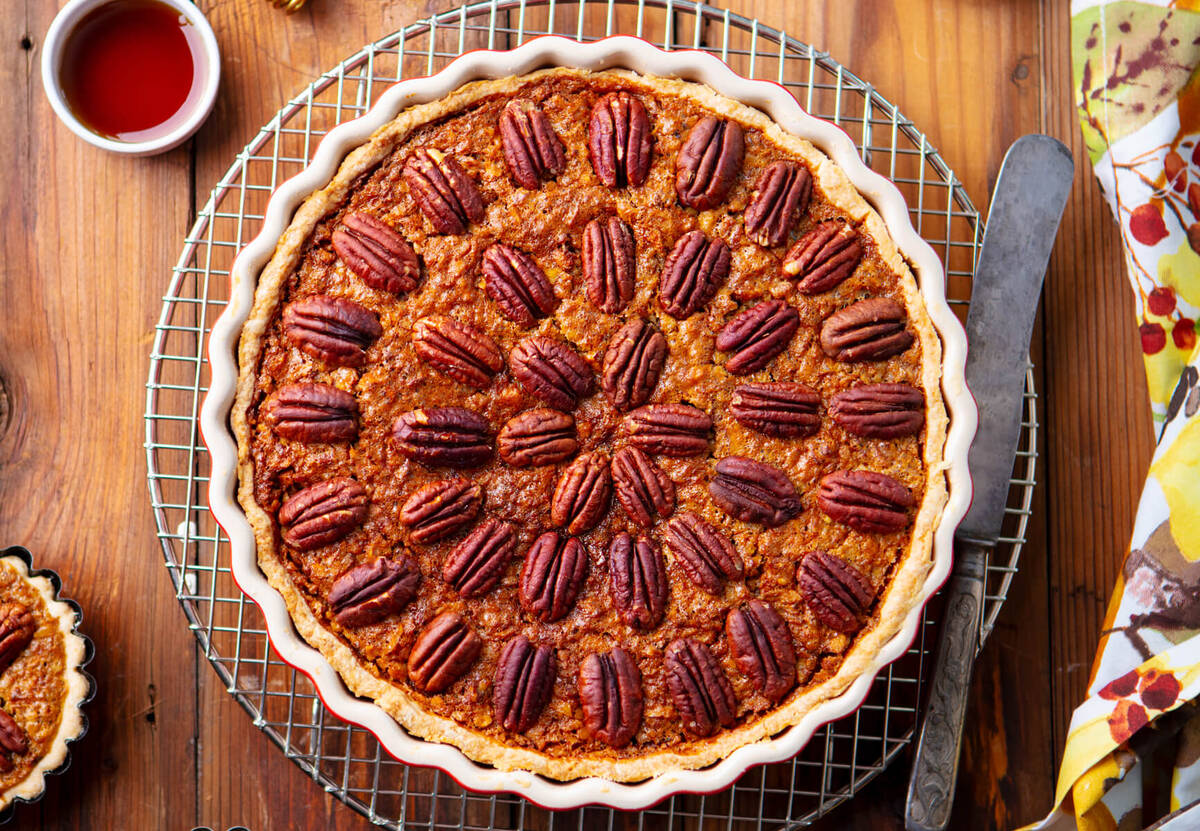

0 thoughts on “How To Store Pie Crust Overnight”